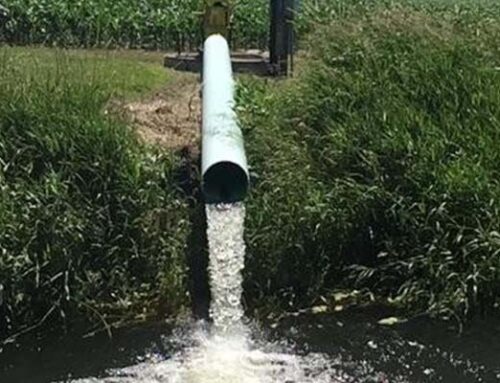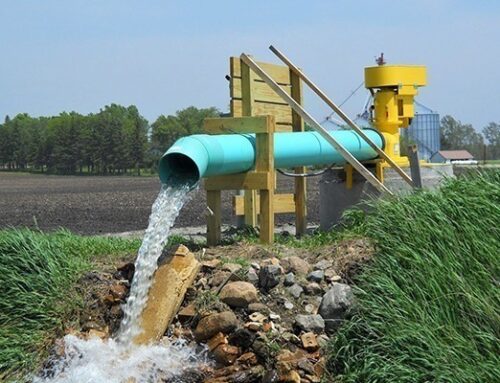Efficient farm drainage is necessary for cultivating healthy crops and maintaining thriving soil. The consequences can be dire without proper drainage, including crop damage, compromised soil health, and the looming threat of flooding. An experienced farm drainage company in Minnesota can help you mitigate the risks of possible flooding.
At Hodgman Drainage, we’re experts in creating ag drainage systems ideally suited to your needs. Continue reading as we discuss the different drainage types that work well with Minnesota farms.
Types of Farm Drainage
Drainage for farms can be categorized into two types: natural and artificial.
Natural drainage
It relies on water flowing away from fields into nearby natural watercourses like ponds, swamps, lakes, or rivers. However, with increasingly extreme weather conditions, natural drainage may not be sufficient to prevent waterlogged fields. This is where artificial drainage solutions, provided by a trusted farm drainage company in Minnesota, become essential for optimizing land productivity.
Artificial Drainage | Farm Drainage Company in Minnesota
Artificial drainage can be divided into two main types: surface drainage and subsurface drainage. Surface drainage focuses on removing excess water from the land’s surface. Shallow ditches or open drains create an artificial gradient, guiding water flow away from the fields.
On the other hand, subsurface drainage targets the root zone by removing water from deeper within the soil. This is achieved through buried land drainage pipes or deep open drains. Deep open drains are excavated channels with sloping floors and sides designed to intercept and drain surface and subsurface water from farmland.
Land drainage pipes, made of clay, concrete, or plastic, are installed underground. Water typically enters clay and concrete pipes through joints, while plastic drainage coils have perforations along their length to allow water entry.
Open drains offer potential cost savings but require land that could be used for crops. They also necessitate managing crossings with bridges and culverts and regular maintenance to prevent blockages from debris and weeds.
In contrast, land drainage pipes eliminate the loss of cultivable land and require less maintenance. However, installation costs are typically higher.
Deciding between open drains and land drainage pipes depends on various factors. Consulting with a reputable farm drainage company in Minnesota can help determine the most suitable option for your needs.
Farmers can make informed decisions to maximize land utilization, improve crop productivity, and effectively manage excess water by understanding the different drainage methods available.
Related: 9 Critical Aspects of Agricultural Farm Drainage Design
Partner with the Leading Farm drainage company in Minnesota to Implement Appropriate Drainage Systems
At Hodgman Drainage, we are the leading farm drainage company in Minnesota, dedicated to providing top-of-the-line agricultural drainage services. Our experts possess the knowledge and experience to assess your farm’s unique needs, design tailored drainage solutions, and ensure efficient installation. We understand the Minnesota climate’s challenges and the critical importance of adequate drainage in maximizing agricultural productivity.
Don’t let water-related issues hinder your farm’s success. Take advantage of our expertise and comprehensive range of drainage services to transform your fields into thriving, high-yielding landscapes. From controlled drainage to subsurface irrigation, we offer innovative solutions that optimize water management, improve soil conditions, and elevate your farm’s performance.
Contact Hodgman Drainage today to explore how our professional ag drainage services can benefit your agricultural operations.



